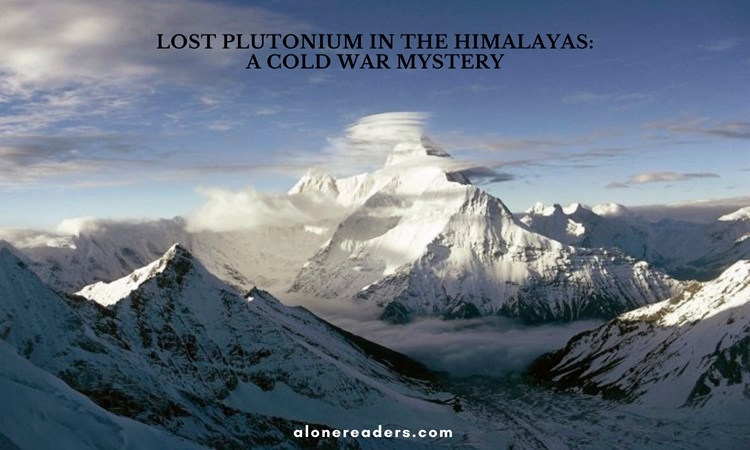
In the shadow of the Cold War, a covert mission set the stage for one of the most intriguing mysteries of the 20th century: lost plutonium in the Himalayas. This joint venture between the United States and India in the 1960s aimed to discreetly monitor China's burgeoning nuclear capabilities. The plan was to install sophisticated sensors powered by the radioactive isotope Pu-238 in the rugged terrains of the Himalayas. However, fate had other plans, and what followed was a series of events that led to a decades-long mystery.
Background and Objectives
In the 1960s, amidst heightened tensions of the Cold War, the United States was keenly observing China's nuclear program. To gather intel, a secret mission, a collaboration between the U.S. and India, was conceived. The objective was clear: install Pu-238 powered sensors in the Himalayas to monitor China’s nuclear tests.
Challenges and Setbacks
The mission faced unprecedented challenges. The harsh and unpredictable Himalayan environment proved to be a formidable adversary. The team, composed of expert mountaineers and engineers, struggled with extreme weather conditions and treacherous terrain. Despite their efforts, hazardous conditions forced an abrupt evacuation, leaving the mission incomplete.
The Vanished Sensors
Upon their return, the team faced a startling discovery: the sensors, along with the plutonium, had vanished. This disappearance sparked numerous questions and theories. Was it a strategic move by rival nations? Or did the unforgiving Himalayan environment claim these devices?
Impact and Speculations
The missing plutonium devices became a source of local legend and international speculation. Some believed that they could still be active, lost in the vastness of the mountains. Locals in the region started reporting unusual environmental changes, including the melting of mountain caps leading to massive floods, fueling speculation that the lost plutonium might be the cause.
The Dangers of Pu-238
Pu-238, while not suitable for nuclear weapons, is highly radioactive and poses significant environmental risks. Its potential impact on the fragile Himalayan ecosystem and local communities raised serious concerns. Scientists debated the long-term effects of radioactive exposure in such a remote and ecologically sensitive area.
Ongoing Research and Investigations
Over the years, several expeditions have ventured into the Himalayas in search of the lost plutonium, but to no avail. Environmentalists and researchers continue to monitor the region for signs of radiation and its impact on the melting glaciers.
US-India Relations
The mission highlighted a significant, albeit secretive, phase in US-India relations during the Cold War. It reflected a mutual concern over China's nuclear ambitions and marked a rare collaboration in espionage and surveillance.
The Broader Cold War Context
This incident also sheds light on the broader context of the Cold War, where global powers were engaged in a constant game of espionage and counterintelligence. The Himalayas, often seen as a remote and serene landscape, became an unlikely frontier in this global power struggle.
The lost plutonium in the Himalayas remains one of the Cold War's unresolved mysteries. It's a story that intertwines international politics, environmental concerns, and the relentless pursuit of power. As the world moves forward, the legacy of this mission continues to raise questions about the consequences of such covert operations and the unseen scars they leave on our planet.